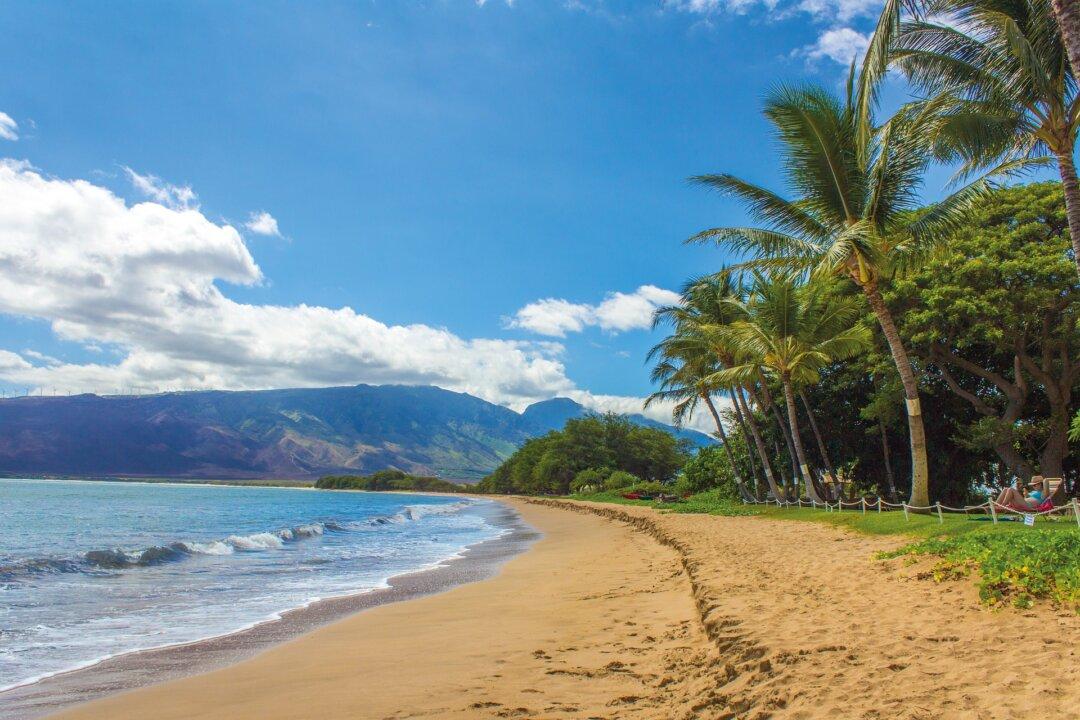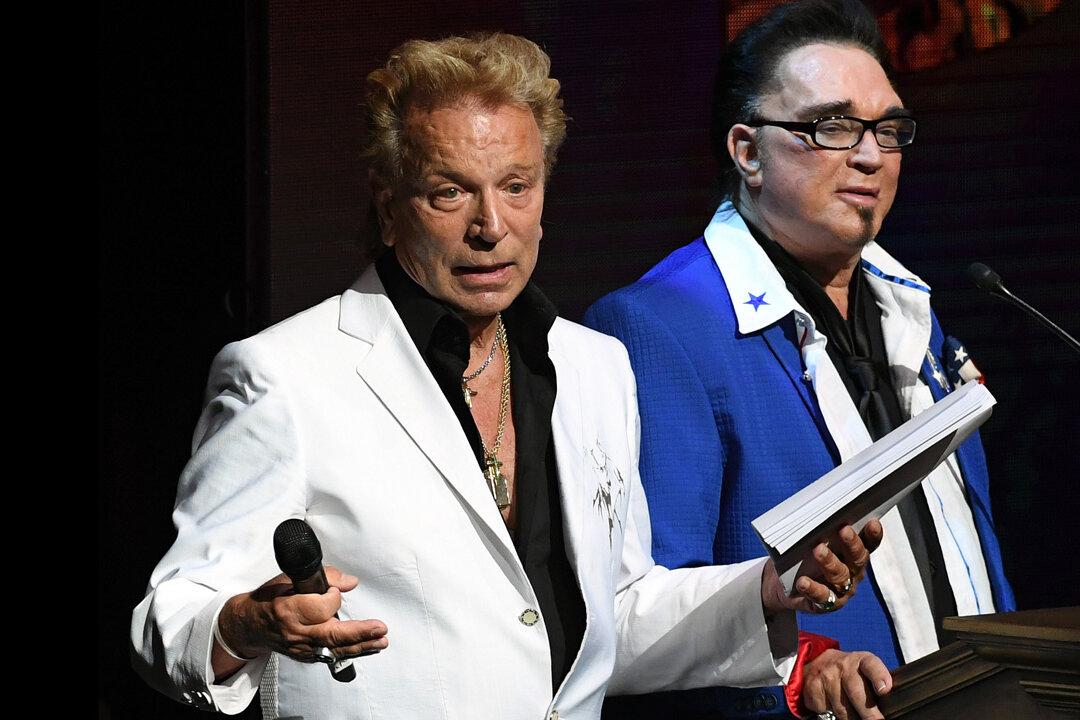Commentary
The most recent state to join the union, Hawaii (or Hawaiʻi), will celebrate the 60th anniversary of its statehood on Aug. 21. The “Aloha State” certainly adds to the beauty of the nation and provides a military foothold in the Pacific that’s particularly important now, as in the past, given recent activity on the Korean Peninsula.





